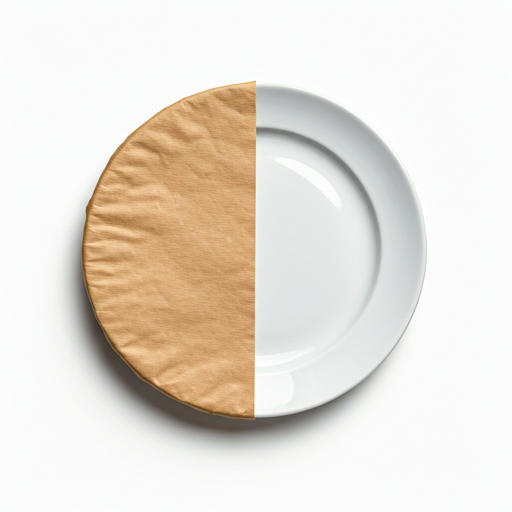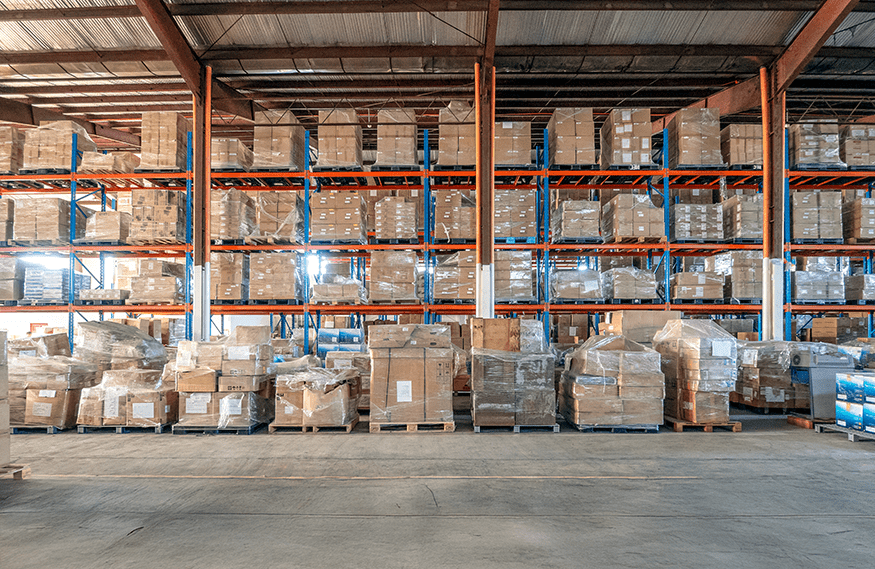How to Pack Fragile Items for Moving

Learning how to pack fragile items for moving requires careful planning and the right techniques to prevent damage during transport. Professional movers understand that proper packing can mean the difference between your valuables arriving safely or suffering costly breakage.
Quality Packing Materials Make All the Difference
When protecting fragile items during a move, your chosen materials can mean the difference between safe arrival and costly damage. High-quality packing supplies protect your belongings far better than newspaper and old boxes from the grocery store. Spending money on proper materials now prevents the expense and frustration of replacing broken heirlooms and valuables later:
Fragile item protection services included in a home moving cost estimate can prevent thousands of dollars in damage to irreplaceable belongings.
Professional-Grade Packing Paper and Bubble Wrap
Packing paper serves as the first line of defense for delicate items. Unlike newspaper, packing fragile items with clean packing paper won’t leave ink stains on your belongings. Wrap each fragile item individually, using enough paper to create a protective cushion. Bubble wrap can provide some additional shock absorption for extremely delicate pieces. The air-filled bubbles act as tiny cushions that absorb impact during transport.
Sturdy Moving Boxes and Custom Dividers
Choose boxes specifically designed for fragile items rather than standard cardboard alternatives. The proper box selection and organization system prevents damage during transport:
- Dish Pack Boxes: Reinforced cardboard construction withstands the weight of multiple plates and bowls
- Mirror Boxes: Adjustable flat boxes accommodate various sizes of artwork and mirrors
- Cell Dividers: Cardboard inserts create individual compartments for glassware and stemware
- Small to Medium Boxes: Proper sizing prevents boxes from becoming too heavy to handle safely
- Double-Wall Construction: Extra-thick cardboard provides superior protection for valuable items
The best full-service residential moving operations rely on specific packing techniques and premium materials that differ significantly from standard DIY methods.
Specialized Protection for Different Item Types
Different fragile items require specific packing approaches. Mirror boxes protect large flat items like artwork and mirrors. Wardrobe boxes can double as protection for hanging delicate clothing items. Packing fragile items with plastic bags provide moisture protection for items vulnerable to humidity changes during transport.
Step-by-Step Packing Strategies for Common Fragile Items
Different types of fragile items require specific packing techniques to maintain their integrity during transport. Understanding these methods helps protect your belongings from damage:
Dishes, Plates, and Glassware Protection
Start by lining your box with crumpled packing paper for cushioning. Wrap each plate individually with packing paper, then pack them vertically like records rather than stacking flat. This position distributes weight more evenly and reduces pressure on individual pieces. Fill glasses with packing paper, then carefully wrap the outside. Place heavier items at the bottom and lighter pieces on top. Fill any empty spaces with additional packing paper to prevent shifting.
Safeguarding Mirrors and Picture Frames
Large mirrors and framed artwork present unique challenges due to their glass surfaces and awkward dimensions. Proper preparation and wrapping techniques prevent costly damage:
- Tape Application: Create an “X” pattern across the glass using painter’s tape to contain potential cracks
- Paper Wrapping: Cover the entire surface with clean packing paper before adding protective layers
- Packing paper and Bubble Wrap Layer: Add cushioning around frames and glass areas for impact protection
- Custom Boxing: Use mirror boxes or build custom-sized containers with extra cardboard
- Vertical Positioning: Store flat items upright rather than laying them horizontally
Electronics and Delicate Appliances
Remove batteries from electronic devices before packing to prevent corrosion. Use original packaging when available, as manufacturers design these boxes specifically for their products. If original boxes aren’t available, wrap electronics in anti-static bubble wrap and place them in appropriately sized boxes with adequate cushioning. Keep cables and accessories in labeled plastic bags attached to their corresponding devices.
Advanced Protection Strategies for Valuable Items
High-value and extremely delicate items require specialized packing techniques beyond standard methods. These approaches provide maximum protection for your most precious belongings:
Antiques and Family Heirlooms
Irreplaceable items deserve extra care and attention. Before packing, document each piece with photographs for insurance purposes. Use proper packing materials to prevent damage to antique finishes. Consider professional crating services, like Olympia’s, for extremely valuable pieces, which provide museum-quality protection during transport.
Fine China and Crystal Handling
Delicate china and crystal demand meticulous attention to prevent chips, cracks, and breaks. Each piece requires individual care and proper positioning:
- Individual Wrapping: Wrap each piece separately with packing paper to avoid contact damage
- Handle Protection: Pay special attention to spouts, handles, and protruding decorative elements
- Cell Divider Systems: Use compartmented boxes to keep pieces from touching each other
- Weight Distribution: Place heavier serving pieces at the bottom, lighter items on top
- Clear Labeling: Mark boxes with contents and special handling instructions
Art Pieces and Collectibles
Valuable artwork needs expert handling. Consider art handling services for museum-quality pieces or items with significant monetary or intrinsic value. Depending on the pieces, third-party services might remove items from frames when possible, to reduce weight and bulk and wrap canvases in acid-free tissue paper before adding protective layers. Use specialized art boxes or crates for oil paintings and sculptures.
Professional Packing Tips for Success
Temperature fluctuations and improper techniques can damage fragile items during moves. Following these professional packing tips protects your belongings throughout the relocation process:
- Documentation: Photograph valuable items before packing for insurance and inventory purposes
- Inventory Lists: Create detailed records of packed fragile items, including their pre-move condition
- Weather Considerations: Avoid packing during extreme temperatures that could affect materials
- Strategic Timing: Pack fragile items last and unpack them first to minimize box time
- Multi-Side Labeling: Mark “FRAGILE” and “THIS SIDE UP” on multiple box surfaces
Protect Your Fragile Items with Olympia Moving & Storage
With over 30 years of experience, Olympia Moving & Storage safely transports fragile items across Boston, Washington, DC, Philadelphia, Austin, and Tampa. We offer specialized packing tips and services, custom crating, and expert handling of antiques and artwork. Contact us today for a free estimate and discover how our expertise protects your precious belongings.
Frequently Asked Questions
What is the best way to pack fragile items for moving?
The best way to pack fragile items for moving involves using quality packing paper to wrap each item individually, using crumpled packing paper to provide buffers and cushioning, then placing them in reinforced boxes with proper cushioning. Professional-grade materials like dish pack boxes and cell dividers create secure compartments that prevent items from shifting and colliding during transport.
Where should fragile stickers be placed on a package?
Fragile stickers should be placed on multiple sides of the package, including the top and at least two adjacent sides, to maintain visibility regardless of how handlers position the box. Position the stickers near box edges where they’re most likely to be seen, and combine them with “THIS SIDE UP” labels to provide clear handling instructions for anyone moving the package. For more information about proper labeling and to download free room-by-room box labels, visit Olympia’s Move Planning Center.



